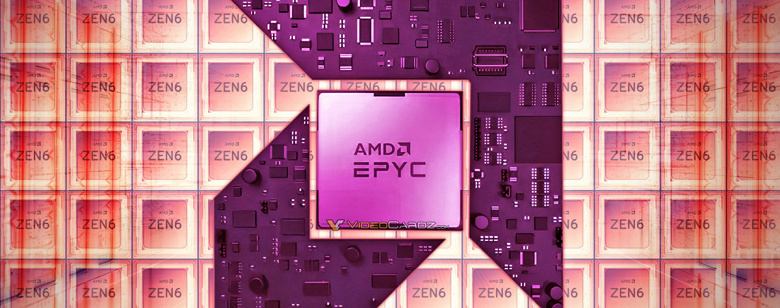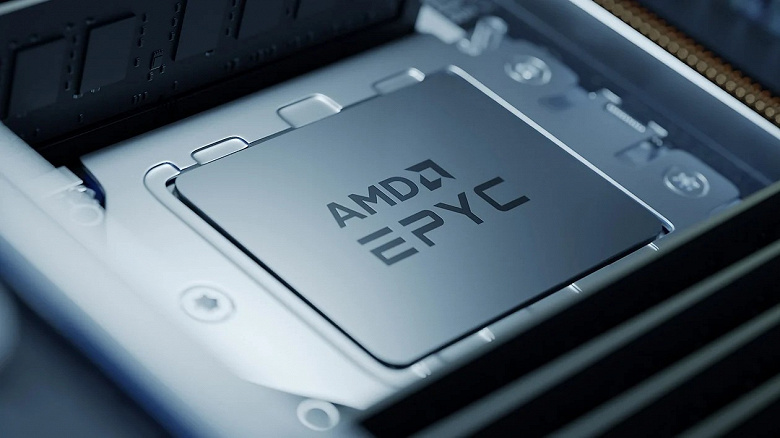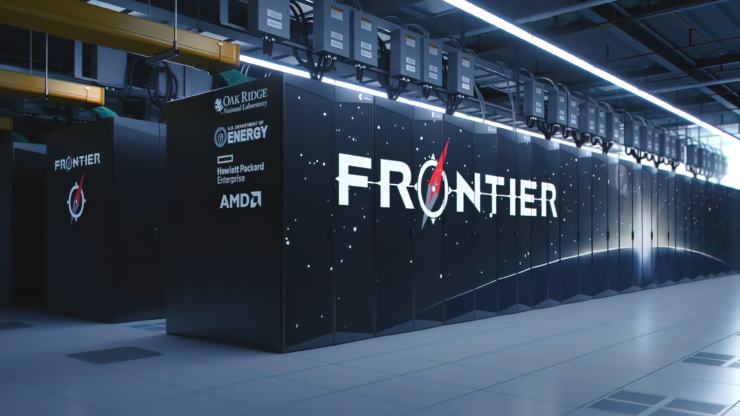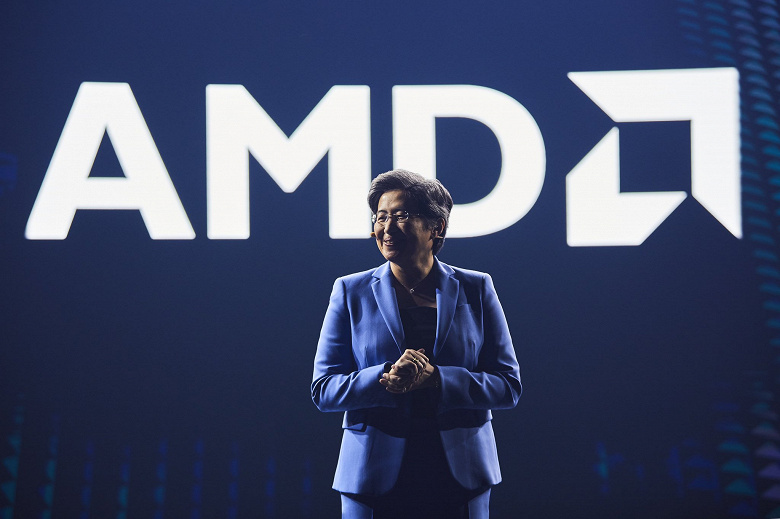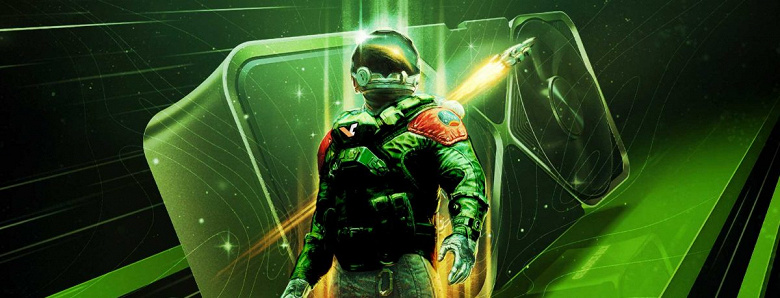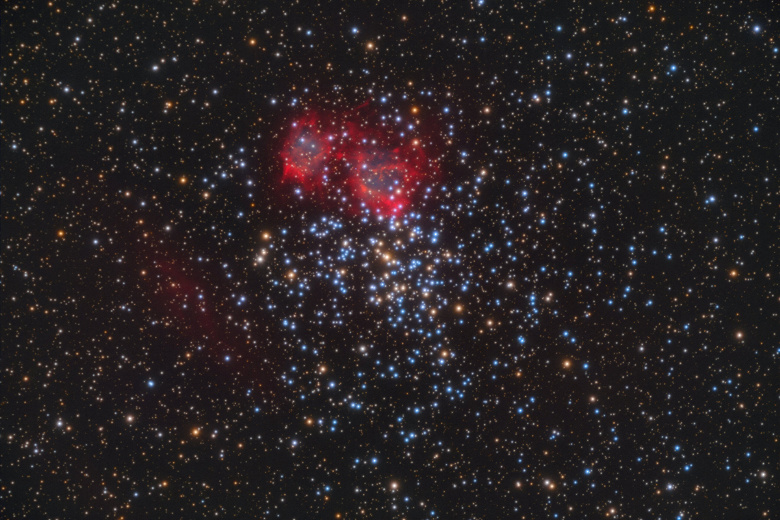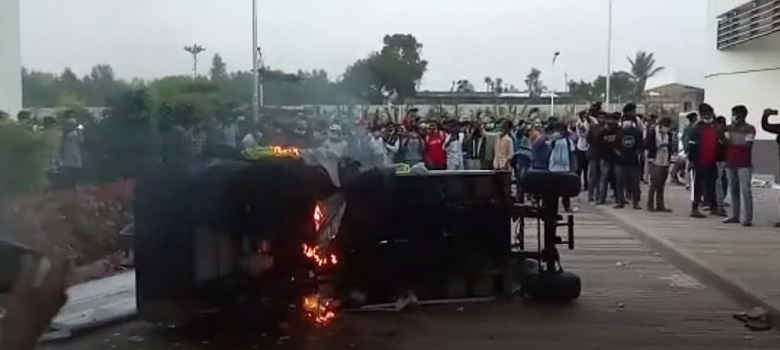AMD on Ray Tracing on the Radeon RX 6000: We Targeted at 1440p
AMD Vice President Eric Bergman took part in a big interview with The Street, in which he touched upon the new Radeon RX 6000 graphics cards based on the RDNA 2 architecture. In addition, the senior manager of the company shared some thoughts on the future of the series of graphics accelerators Radeon and its subsequent transition to the new RDNA 3 architecture.

Unfortunately, Bergman did not reveal any of the details related to real-time ray tracing performance in gaming using the Navi 21 GPUs that power the Radeon RX 6900 and RX 6800 graphics cards. raytracing technology standards that will be implemented through the Vulkan Raytracing API and Microsoft DirectX Raytracing.
With the new Radeon RX 6000 graphics cards, Bergman says the company is aiming for a high level of ray-tracing performance at 1440p:
“Our goal was to deliver high levels of ray tracing performance in games at 1440p. This was what we focused on. Now everything depends on the specific game, the system on which it is running, and many other factors. But I think users will be able to have a very pleasant ray tracing experience overall [with our graphics cards]. Strong support for the technology from game developers is also expected throughout 2021. I repeat that we have a very large coverage. If support for ray tracing is in the new consoles of Microsoft and Sony, it will be on the PC, ”said Bergman.
Unfortunately, he did not elaborate on whether the ray tracing performance statement applies to all new Radeon graphics cards or just the flagship Radeon RX 6900 XT model.
Earlier it was said that AMD is preparing its own analog of NVIDIA DLSS (Anti-Aliasing with Deep Learning Algorithms) technology for its Radeon video cards. Bergman did not expand much on this topic but pointed out that at the moment their technology is called FSR (FidelityFX Super Resolution) and sooner or later it will appear in “red” video cards.
“At the moment, I have no information that we would like to talk about. Let me just note that our solution is called FSR – FidelityFX Super Resolution. The technology will sooner or later be integrated into our video cards. We are currently working with independent software vendors. Our approach is to provide broad platform support without requiring any proprietary solutions. Next year we will share more details, ”commented Bergman.
The AMD VP also shared some thoughts on the RDNA 3 graphics architecture. In particular, he confirmed that the performance gains in new RDNA 3-based graphics cards over RDNA 2 solutions will be as “aggressive” as the performance gains from RDNA to RDNA 2. Bergman noted that the new RDNA 2-based Radeon RX 6000 graphics cards have made a big bet on the performance-per-watt ratio. A similar challenge will be posted to the architecture of RDNA 3. This will benefit not only desktop solutions but also laptops. Since the latter will be able to get a significant increase in graphics performance without the need to use any new exotic cooling systems.
The new Infinity Cache for RDNA 2 graphics cards is making a significant difference to performance, Bergman said. The company will definitely consider using it in future solutions based on RDNA 3.
“We will move forward and see how architecture scales further. Infinity Cache, increased productivity, increased performance per watt, cost – everything allows us to make a simple decision … I don’t want to talk about the next generation of our products now, but I can say the following: all these advantages should definitely be expected from our future products ” …
The AMD vice president did not say exactly when the RDNA 3 architecture will be launched. According to the company’s roadmap, it will appear sometime in 2022. Graphic solutions on it will be based on a new production process. But within the framework of the interview, Bergman did not confirm this, nor did he indicate at whose facilities all this would be produced.
The next big challenge for AMD will be the transition to the new Socket AM5 platform, which will support DDR5 RAM and, possibly, the new PCIe 5.0 bus. It remains to be seen whether the company will be working on a new series of Ryzen 6000 processors based on a completely new architecture, or whether it will decide to first resort to optimizing the current Zen 3 architecture, as was the case with Zen 2 and the release of Ryzen 3000 XT models. By the way, in the interview under discussion, Bergman also hinted at such a possibility.
